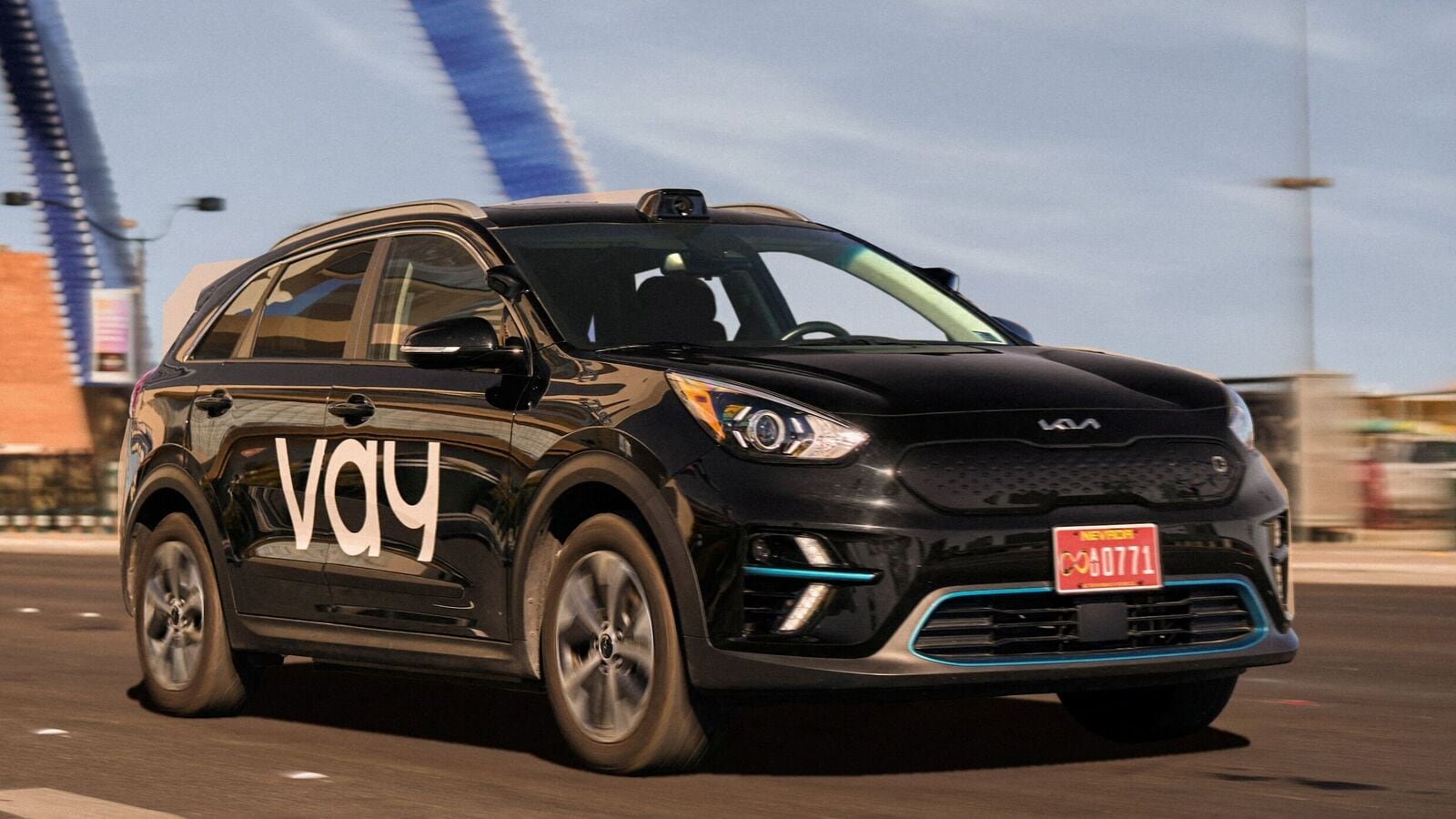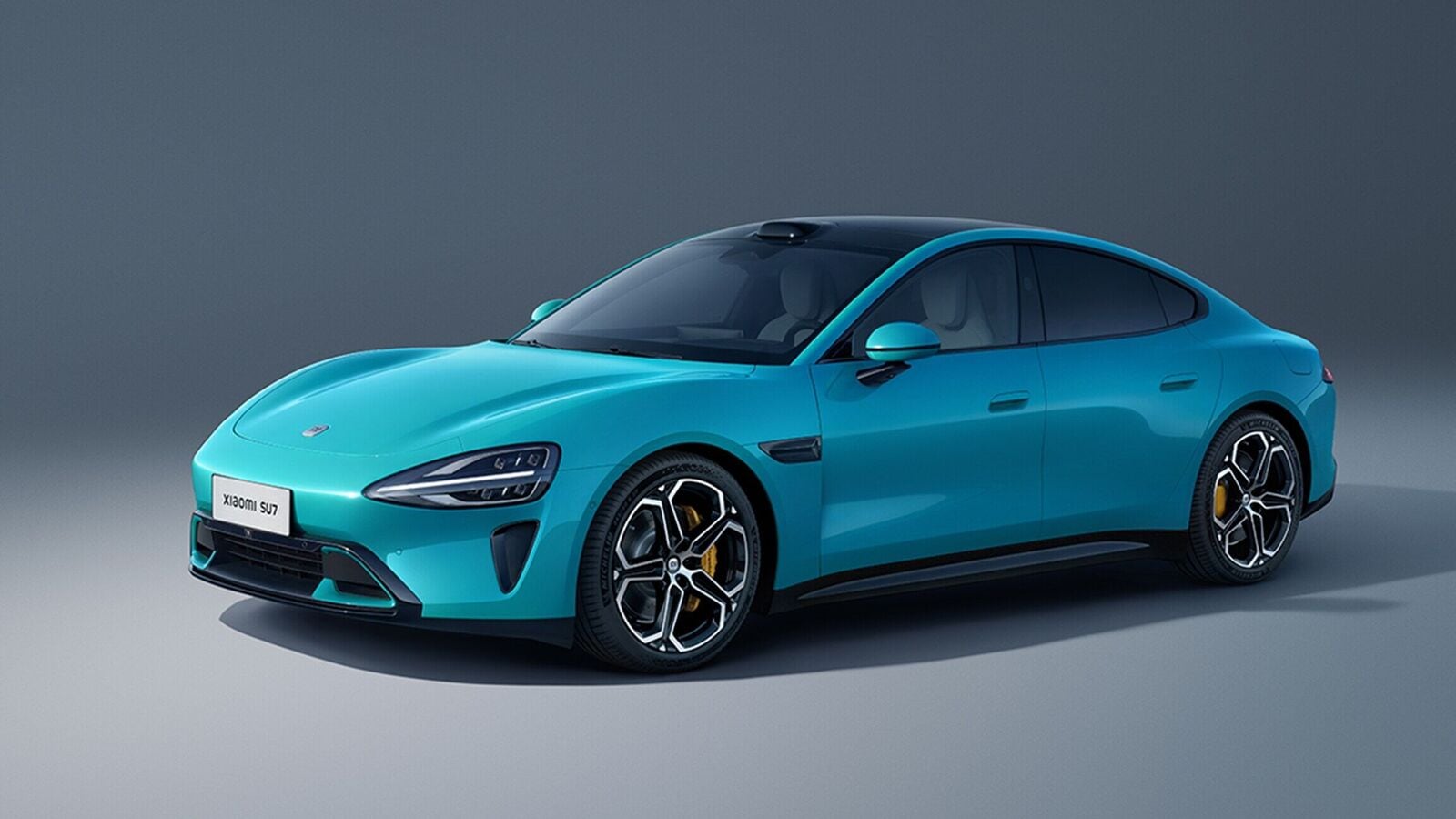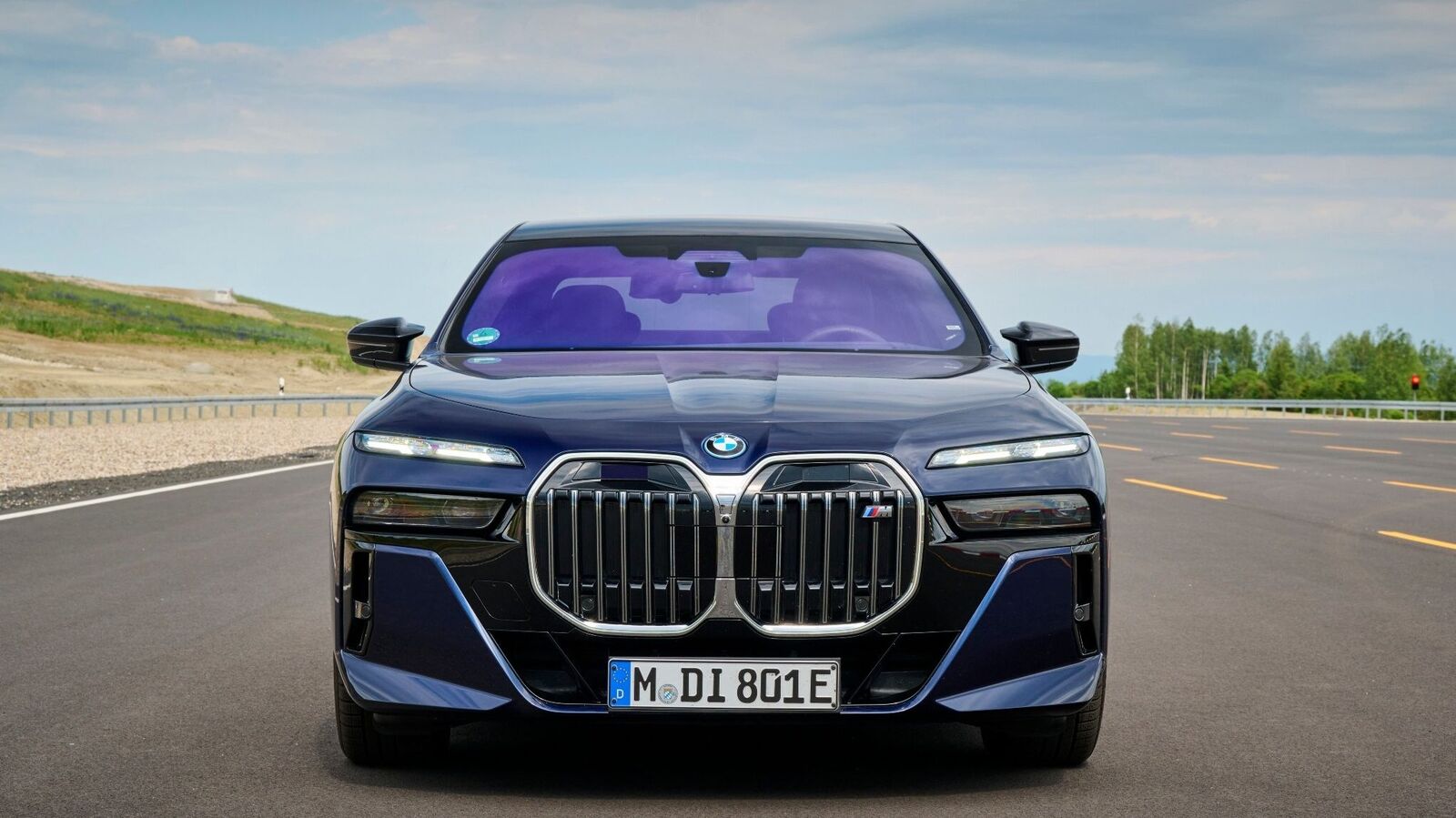Autonomous driving vehicles use a set of technologies including radar, lidar sensors, and high-definition cameras to ensure a driving behaviour that i
…
Self-driving cars have been making headlines over the last one decade. Traditional car manufacturers have been working on this technology with a huge chunk of investment. Besides that, the technology startups and leading technology companies have also been working on the same system. One word that reflects the multi-dimensional disruptions that have been evolving the auto industry worldwide is CASE (Connected, Autonomous, Shared, Electric).
CASE refers to technologies like connected vehicles, autonomous driving technology, shared mobility and electric mobility. One of the major disruptions that is creating evolution in the global auto industry is self-driving or autonomous driving technology, which enables the vehicle to run without or with variable levels of human interference but doesn’t command complete manual intervention.
Also Read : Tech giants and their automobile dream: Status report
The self-driving vehicles or autonomous vehicles use a variety of sensors, actuators, radars, high-definition cameras, and powerful processors, which work in unison and come laced with an intelligent machine-learning system. These technologies create a map of the vehicle’s static and changing surroundings, enabling the car to navigate between intended destinations without or with variable levels of human interference.
Here is a list of technologies used by self-driving cars.
Radar
One of the most common devices used by autonomous driving vehicles is radar. The self-driving vehicles come equipped with radars located at various positions across the exterior, which help the vehicle’s onboard computer to determine the perceived distance and visuals to ensure safer driving behaviour.
Lidar sensors
Light detecting and ranging sensors, popularly known as Lidar sensors are frequently used in autonomous and semi-autonomous driving vehicles. The Lidar sensors are used to measure distance, detect road edges and identify lane markings. This eventually helps in creating safe and reliable driving behaviour.
High definition cameras
Many self-driving vehicles come equipped with high-powered cameras that capture the image of the surroundings of the vehicle and send those to the onboard computer. Paired with the radar and Lidar sensors, these cameras help the computer and the powerful processors to create a map of the surroundings of the vehicle. This map contains the data related to the roads, various objects, and distances between different objects, helping the vehicle to determine the safest and best route. These cameras also help the vehicle’s computer to detect and recognize the traffic signs.
First Published Date: 26 Mar 2024, 17:29 PM IST
Source link



